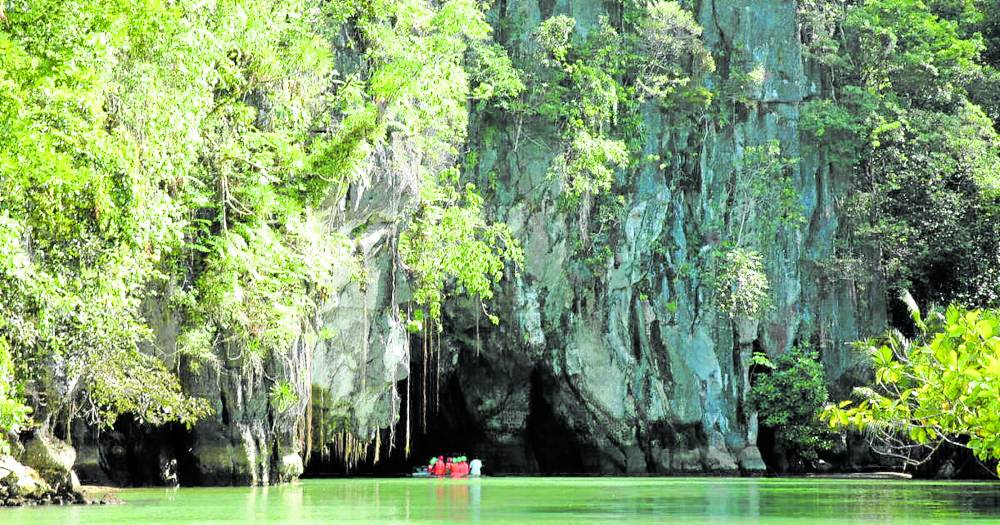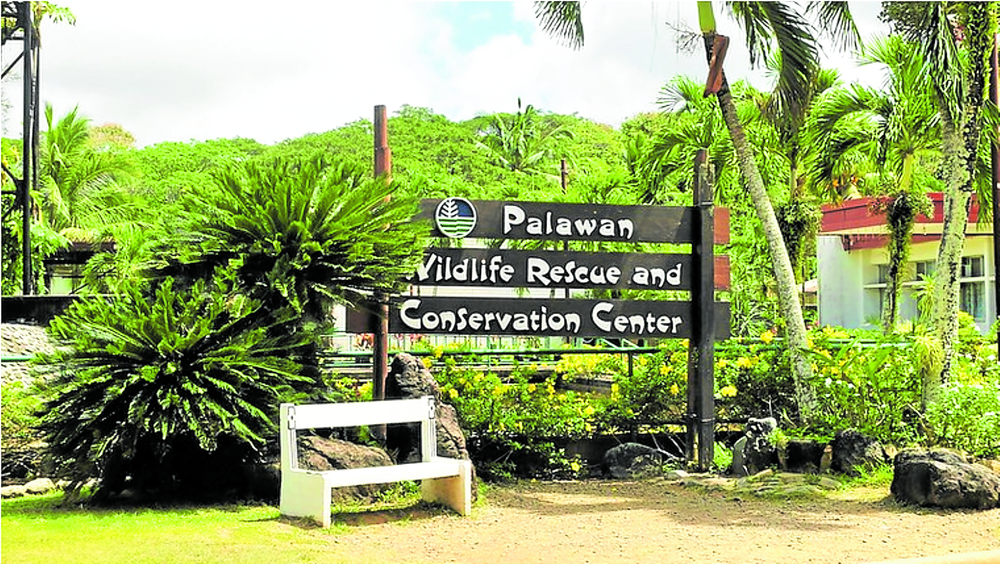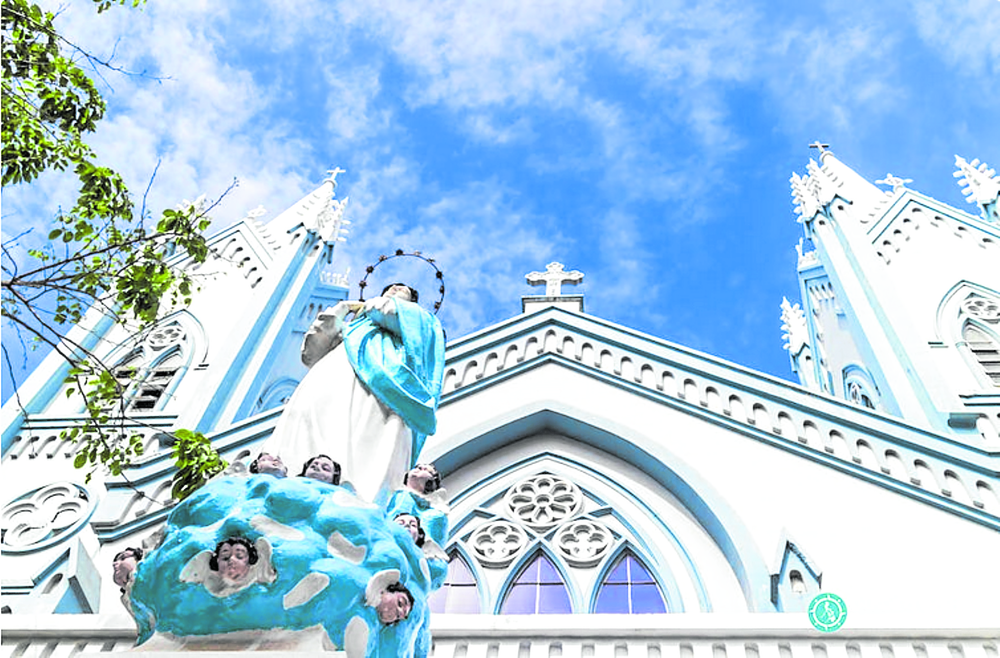Puerto Princesa: A true tropical paradise for discerning travelers
With its world-famous destinations, the City of Puerto Princesa in Palawan is unsurprisingly considered one of the country’s tourism crown jewels.
This highly urbanized city spans 253,982 hectares, surrounded by white-sand beaches and pockmarked by lush rainforests and historical sites. A tropical paradise, Puerto Princesa is able to blend nature with modern conveniences, as the city is also Palawan’s main hub of commerce, transportation, education, tourism, and real estate. It has earned the distinction of being one of the country’s model cities in terms of cleanliness, environmental protection and conservation, and security.
If you’re visiting this premier tourist haven, here are some of the attractions well worth your time.

(HTTPS://WHC.UNESCO.ORG)
Puerto Princesa Subterranean River National Park
Some 80 km north of the city proper is the Puerto Princesa Subterranean River National Park, declared a Unesco World Heritage Site in 1999 and designated as one of the New Seven Wonders of Nature of the World in 2012.
The park features limestone karst landscapes and an 8.2 km-long underground river that directly emerges into the sea. According to the Unesco World Heritage Convention, the subterranean river park “represents a significant habitat for biodiversity conservation.” It also features a “full mountain-to-sea ecosystem” and “some of the most important forests in Asia.”
It is one of the most important protected areas in the Philippines. As such, it is managed by the city government based on programs centered around environmental conservation and sustainable development. The conservation of this park is considered a symbol of the Filipino people’s commitment to conserve such precious natural heritage.

(JOHNSON YU)
Butterfly Garden
The famous Butterfly Garden, now called the Palawan Butterfly Eco-Garden and Tribal Village, is a majestic sanctuary that houses a plethora of butterfly species endemic to the area and neighboring regions, as well as scorpions, lizards, plasmids and mantises, stag beetles and millipedes, and a bountiful variety of flora. Endangered species like the Palawan bearcat and pheasant peacock join the ecological mix of endemic species in the garden.
After exploring the garden, guests are also able to step into the lives of Palawan’s indigenous people by witnessing a cultural show. Guests interact with the natives and learn Palawan’s traditional way of life.

(HTTPS://KEISEEEINTHECITY.COM)
Crocodile Farm and Nature Park
Another eco-tour worth visiting is the popular Crocodile Farm and Nature Park, also known as the Palawan Wildlife Rescue and Conservation Center, which is managed by the Department of Environment and Natural Resources.
The farm was established in 1987 initially as the Crocodile Farm Institute in cooperation with the Japan International Cooperative Agency. Today, it allows guests to see two endangered species of crocodiles (the saltwater crocodile and the endemic Philippine freshwater crocodile), the only known survivors of the Dinosaur Age.

(HTTPS://MILANGRACEINN.COM)
Iwahig Firefly Watching
Operated by the Iwahig Community Ecotourism Association, the Iwahig Firefly Watching tour is an award-winning ecotourism program that features the enthralling night sight of myriad firefly colonies at the riverbanks of Iwahig River.
The fireflies’ habitats are the mangrove trees along the river. Boat or cruise tours, which take around 40 minutes, allow guests to witness these majestic illuminations along with a breathtaking view of the unfiltered sky at night. Tourists are guaranteed the cleanest and most serene viewing experience as the presence of the fireflies proves the surrounding ecosystems’ health.

(HTTPS://GUIDETOTHEPHILIPPINES.PH)
Immaculate Concepcion Cathedral
Spanish colonizers found the settlement that would become Puerto Princesa on Mar. 4, 1872. Only a few days after, on Mar. 10, the first Mass was celebrated by Rev. Fr. Exequiel Moreno, an Augustinian Recollect. Puerto Princesa is one of the seven apostolic vicariates in the Philippines and is directly subject to the Holy See.
The site where the first Mass was conducted is where the cathedral now stands, erected under the patronage of Our Lady of the Immaculate Conception. The present cathedral was built in 1961 under then-bishop Most Rev. Gregorio Espiga and stands as a solemn destination for prayer, meditation, and cultural appreciation.
The cathedral is a favorite among devotees and churchgoers, but it also attracts tourists with its Gothic and unconventional architectural style and angular edifice.
Sources: Inquirer Archives, philatlas.com, psa.gov.ph, beta.tourism.gove.ph, whc.unesco.org, undergroundriver.puertoprincesa.ph, tourism.puertoprincesa.ph, guidetothephilippines.ph